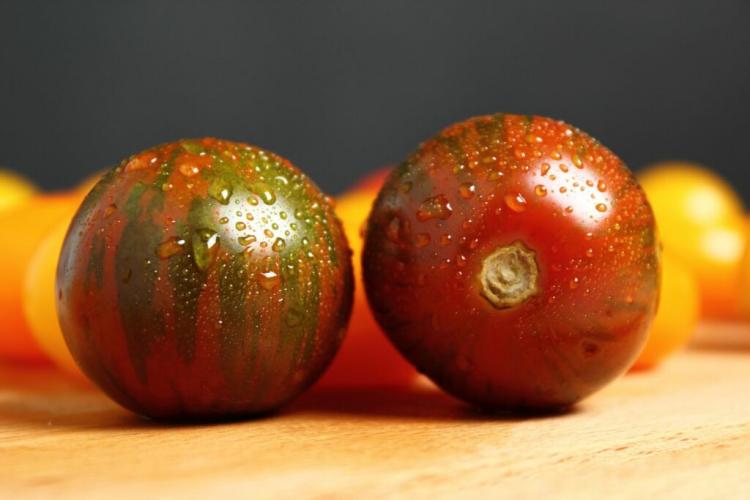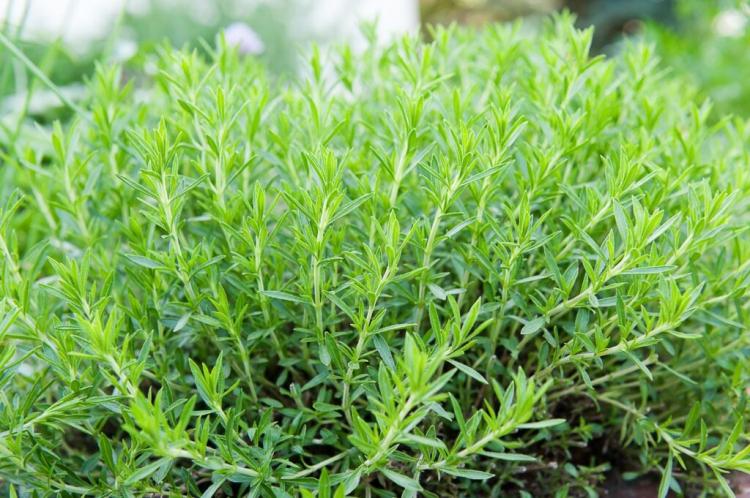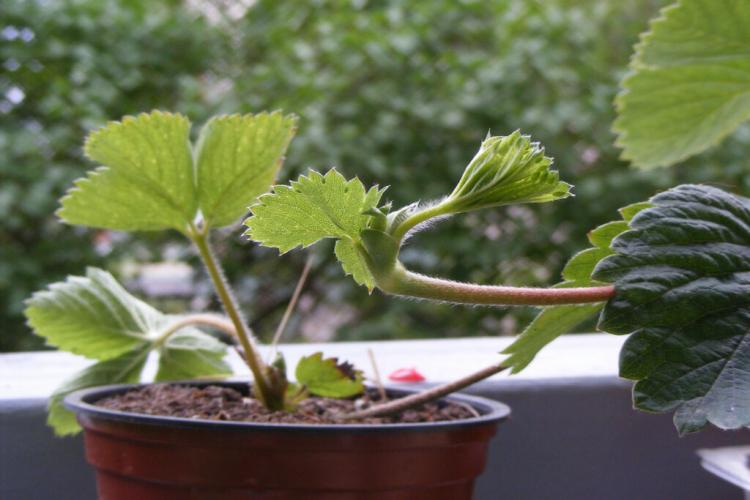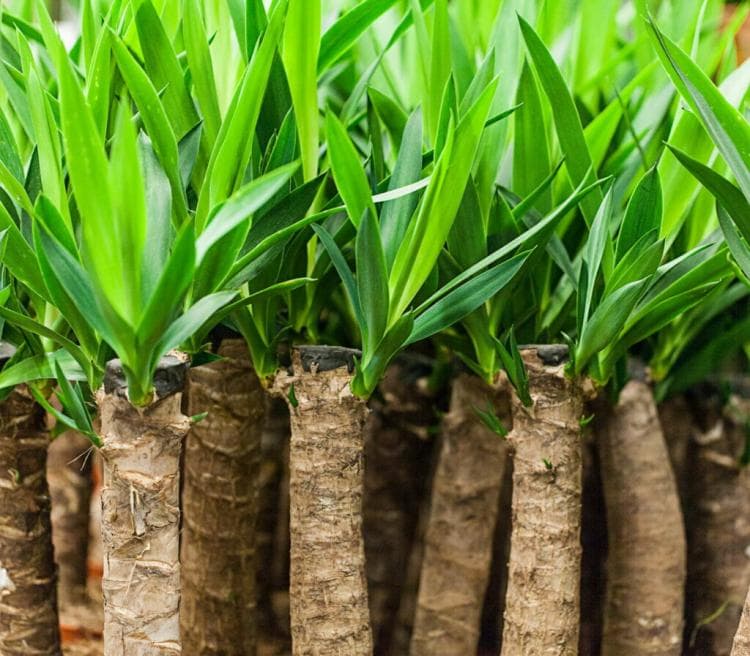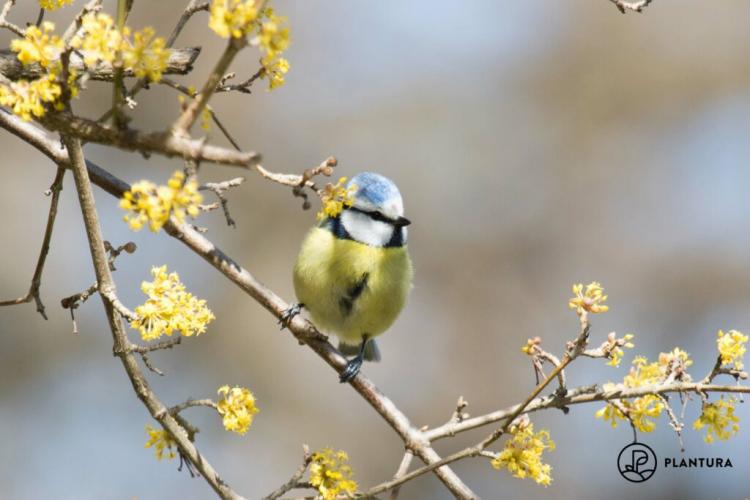Chiffchaff: habitat, nest & appearance of the willow warbler in profile
What does the chiffchaff (also called willow warbler) eat? How can one distinguish the chiffchaff from the fitis? We present the songbird in our profile.
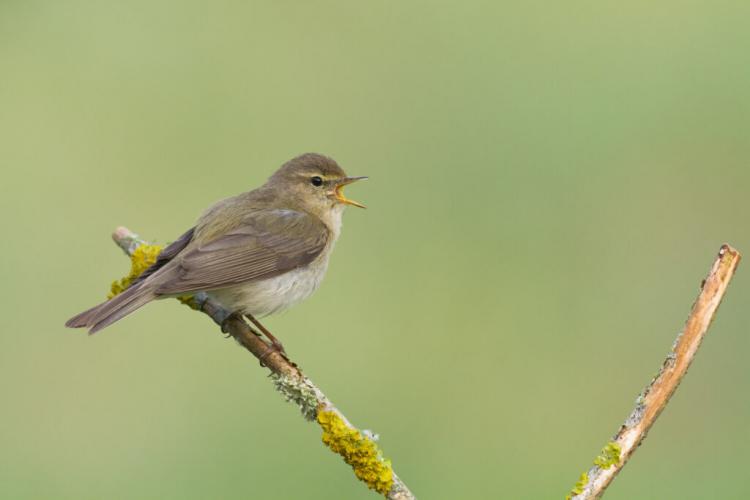
The inconspicuous chiffchaff is a great singer [Photo: Marcin Perkowski / Shutterstock.com]
Although the chiffchaff ( Phylloscopus collybita ) is a fairly common bird, it is rarely consciously noticed. This is probably due to its inconspicuous appearance, because the songbird – also known as the willow warbler – does not stand out particularly with its small, brown-gray shape. But appearances are deceptive and the chiffchaff makes up for its simple appearance with a piercing and very memorable song. The unmistakable bird's voice also led to the naming of the feathered singer who literally shouts “zilp-zalp-zilp-zalp” through the forest. And not only the German-speaking region was influenced by this when it came to finding a name – for example, the chiffchaff is called “Tjiftjaf” in Dutch and “Chiffchaff” in English. You can find sound recordings of the concise singing and other interesting information on hatchery, feed and the differentiation from other species in our profile below.
Chiffchaff: profile
Table of Contents
| size | About 10 cm |
| Weight | Up to 10 g |
| Breeding season | May June |
| lifespan | Up to 5 years |
| habitat | Forests, parks and gardens |
| Feed preference | insects |
| Threats | Decline in natural habitat and food |
This is how you recognize the willow warbler
The chiffchaff is a rather small songbird with a narrow, pointed beak. The vertex, back and wing covers are colored gray-brown and are in slight contrast to the light underside. The only special feature of the willow warbler is the light, yellowish stripe over the eyes. Male and female chiffchaffes are visually indistinguishable from each other.
How does the song of the chiffchaff sound?
The name-giving song of the chiffchaff consists of a two- or three-part stanza that changes in pitch and is repeated as often as required: “Chiff-zalp-zilp-zalp-chiff-zalp”. This simple bird's voice, which also reveals the corresponding species, is also ideal as an introduction to acoustic ornithology. You can find more tips for beginners and bird enthusiasts in our special article on bird watching.
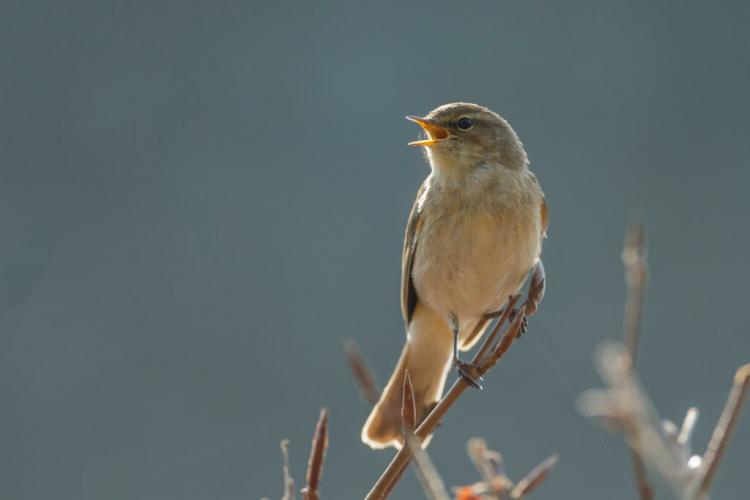
The chiffchaff defends its territory with its eponymous song [Photo: Menno Schaefer / Shutterstock.com]
You can listen to the chiffchaff singing in this recording:
How do you recognize the young birds of the Chiffchaff?
Young Chiffchaff are already small versions of their parents and are therefore very easy to recognize. In comparison to the adult animals, however, the light over-eye stripe is not yet fully developed. In the late year one can often see small groups of young Chiffchaffes roaming around together.
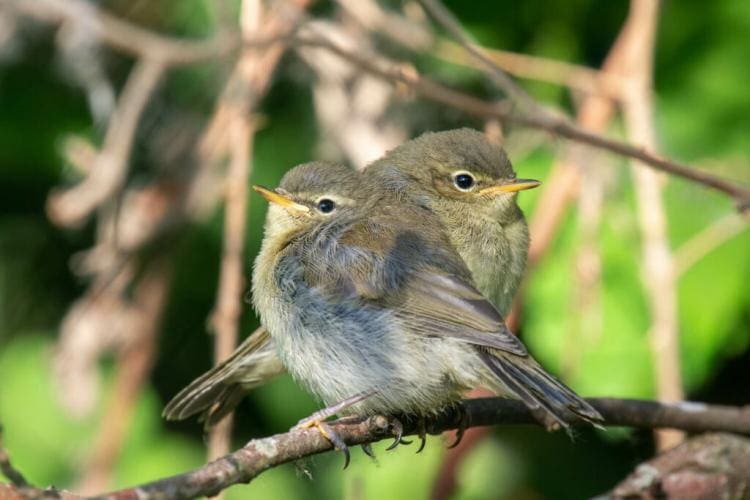
The young Zilpzalpe already look like their parents [Photo: Pdsfotografie / Shutterstock.com]
How do you recognize the chiffchaff eggs?
The female chiffchaff lays four to six eggs per clutch. These are about 15 millimeters in size, white and overlooked with fine black speckles. The eggs are placed in a spherical nest with a side entrance, which is made of moss and parts of plants and padded with feathers.
How do you distinguish the chiffchaff from the fitis?
There is a high risk of confusion between the chiffchaff and the closely related Fitis. The two species look almost identical and can only be distinguished from one another up close or through binoculars. The most important characteristic is the leg color, because the chiffchaff has dark legs, whereas the Fitis has light legs. Another point of differentiation, which is often difficult to see and is somewhat variable, is the color of the cheeks and the flanks, which in Fitis appear a little more pure white than in the Chiffchaff. In addition, the hand-wing projection, i.e. the part of the wing tip that is visible when put on, is longer in the Fitis than in the Chiffchaff.
Before the detailed examination of the sighted animal, however, one should first pay attention to possible utterances. Because the singing of the two species could hardly be more different and is therefore still the best distinguishing feature.
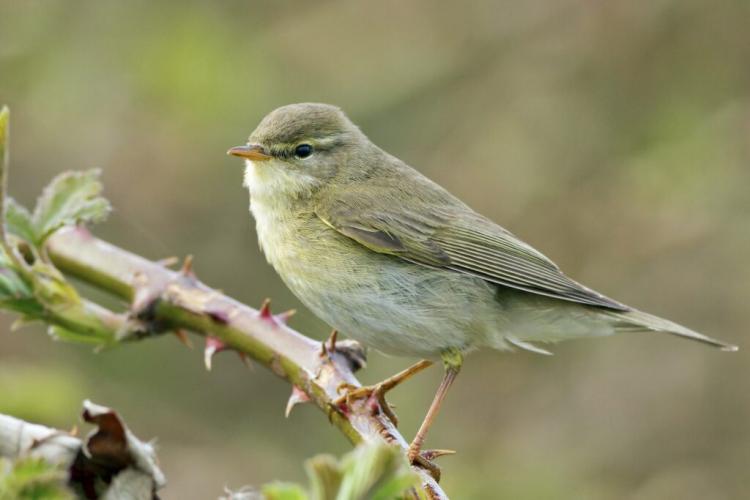
The Fitis has light legs instead of dark ones [Photo: Menno Schaefer / Shutterstock.com]
What does the perfect habitat for the chiffchaff look like?
The chiffchaff uses a whole range of habitats and is not afraid of being close to people. It occurs in forests, parks, gardens and also isolated areas of hedges. The only important thing for him is a well-developed shrub layer and dense vegetation close to the ground. The chiffchaff is also widespread from low altitudes to high mountains and has been detected in areas up to 2000 meters above sea level.
Where does the chiffchaff build its nest?
The chiffchaff builds its nest in vegetation close to the ground. He uses any kind of hedge or shrub, as long as they are dense enough to shield the half-open nest well. Due to the proximity to the ground, it would otherwise be endangered by cats and other predators. The spherical nest, which is also known as the “oven nest”, is mainly made by the female and requires a lot of building material. The female flies out up to 1500 times within five days to look for nesting material.
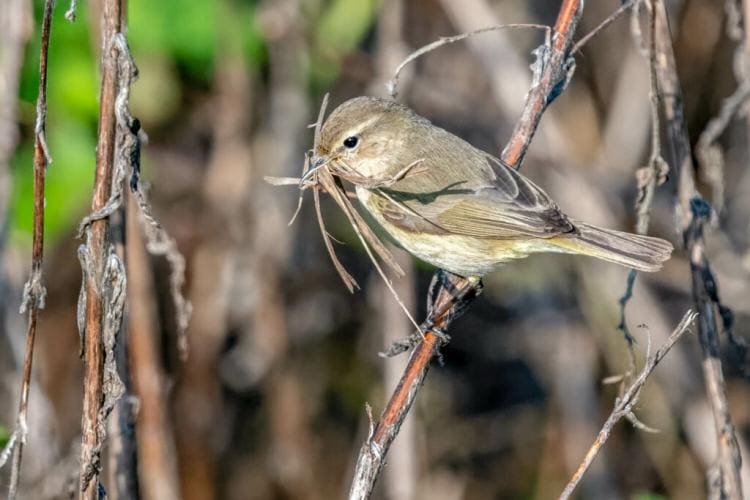
A chiffchaff needs a lot of nesting material [Photo: Mark robert paton / Shutterstock.com]
When is the chiffchaff's breeding season?
The female usually lays her eggs in early May and then incubates them for 13 to 15 days. Then the young birds fly out, but remain dependent on the support of their parents for up to 20 days before they can provide themselves with food. Since the deep nests are susceptible to nest robbers, the rate of loss in the Chiffchaff Alps is quite high and a second brood often follows.
Where does the chiffchaff spend the winter?
The Zilpzalp escapes the cold winters in our region and therefore begins to move south from mid-August. The birds spend the winter either in the Mediterranean region, in Africa or near the Persian Gulf. Occasionally specimens also overwinter in Germany, but the majority of the populations move south and only return to us and their breeding grounds in March.
Support willow warbler: This is how it works
If you want to support the chiffchaff in its daily struggle for resources, you will find some tips and tricks on food, nesting options and other assistance in the following sections.
Food for the chiffchaff
The chiffchaff is a definite insect eater, for which its small, pointed beak is ideal. In autumn and winter he also uses berries and other fruits. If you want to offer additional feed in winter, you should therefore not offer hard grains, but rather soft feed mixtures, mealworms or fruit. With our Plantura litter for wild birds, for example, you can support the little singers. The scattered feed consists of high-quality seeds, oat flakes and raisins and offers plenty of energy for cold winter days. And even if only a few Zilpzalpe spend the winter in Germany, you can support numerous other garden birds with our litter. You can find more information on the preferences of different bird species in our article on the subject of “Making bird food yourself”.
Which nest boxes are suitable for the chiffchaff?
Chiffchaffes are free breeders and therefore difficult to support with nesting aids. Because the typical nest boxes with entrance holes are more suitable for cave breeders such as blue tits, great tits or starlings. Instead, you can support the chiffchaff with the creation of natural nesting sites by not thinning out hedges too much and creating dense vegetation close to the ground. A slightly different form of nesting aid that is actually suitable for free brooders is the branch pocket. With this method, bundles of twigs – preferably from evergreen conifers – are placed in a loop and attached with the ends to a tree trunk. For the targeted promotion of the chiffchaff, the branch pocket should be attached near the ground.
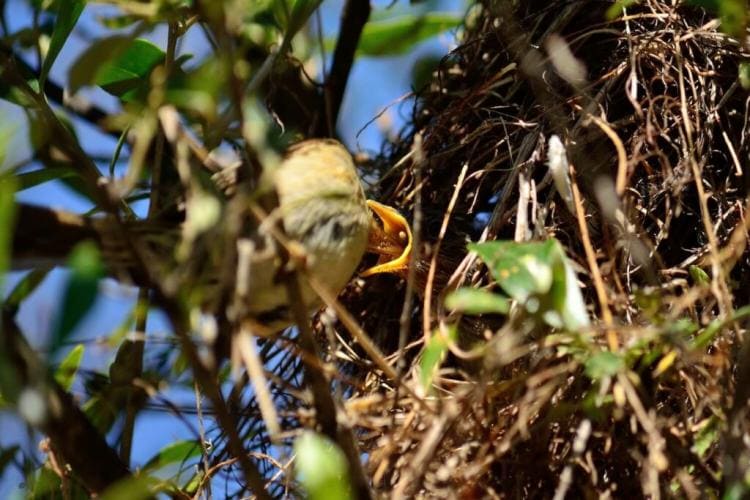
The chiffchaff builds its nest in dense vegetation [Photo: Pacotoscano / Shutterstock.com]
How can you additionally support the chiffchaff?
In addition to the shortage of food in winter, many birds have less and less food available in summer as the decline in insects continues. This is one of the reasons for the declining populations of our native songbirds and of course affects insectivores in particular. Anyone who advocates the protection of insects also supports our feathered friends. Avoid using chemical sprays in your garden, as they often contain substances that are toxic to insects. Also in the supermarket, pay attention to which cultivation methods you want to support with your purchase. If you want to bring more life into your garden, you can also create a beneficial insect meadow. With our Plantura beneficial insect magnet, you can easily create a true paradise for garden visitors of all ages.
On hot days, almost all birds are also happy to have a bird bath, which can easily be made from a trivet or a flat bowl. You will not only make the chiffchaff, but also chaffinch, nuthatch and Co. a great pleasure.


